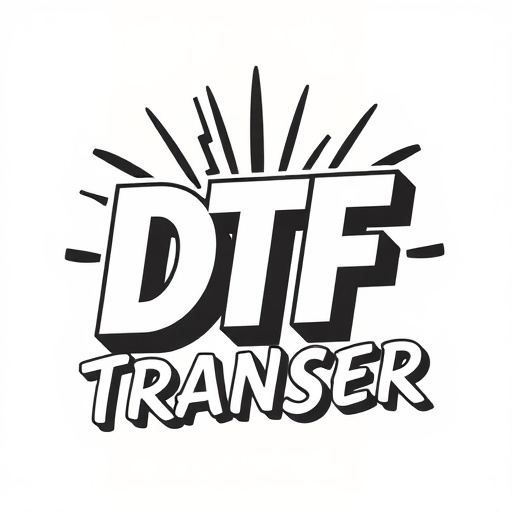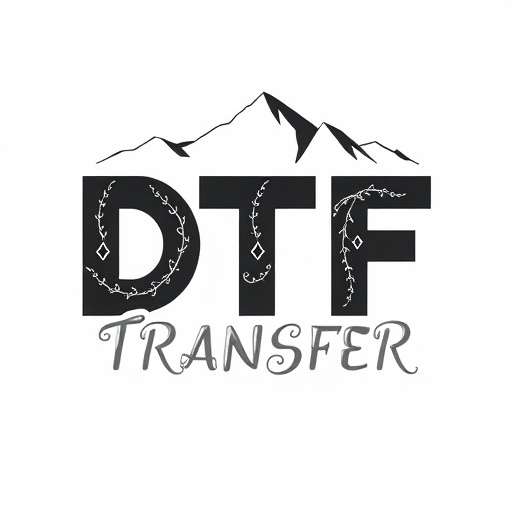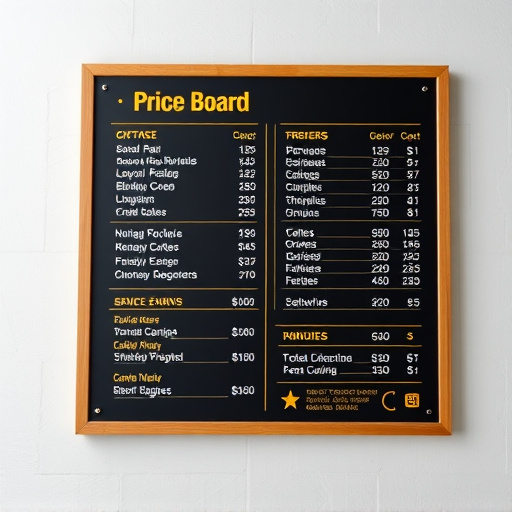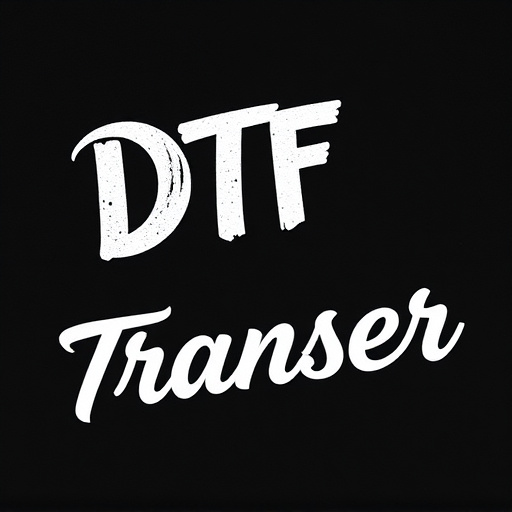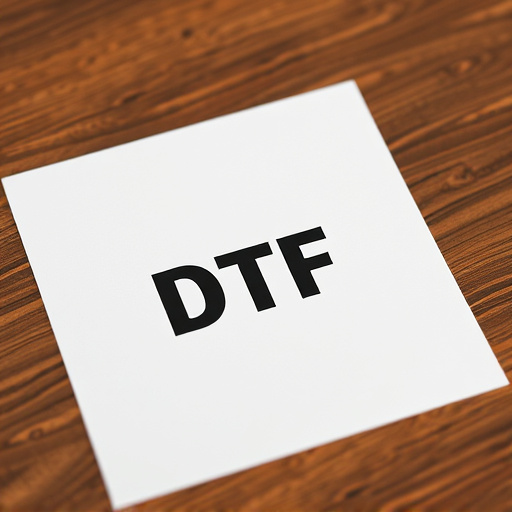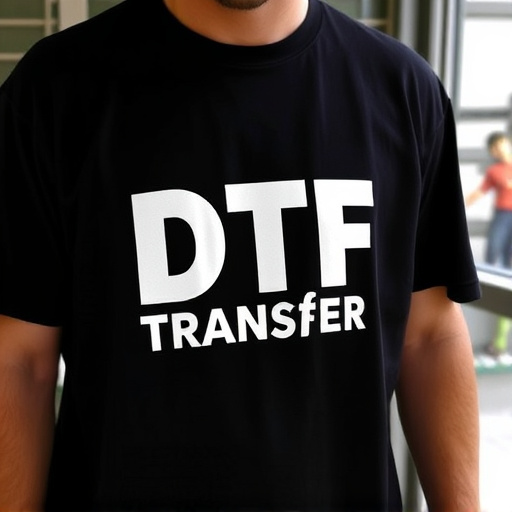The Direct to Fabric (DTF) transfer method is revolutionizing the textile industry with its advanced digital printing technology, offering high-quality, efficient, and flexible custom apparel production. Production times vary based on design complexity, order volume, fabric type, and supply chain issues. Pre-production planning, including material sourcing and equipment procurement, is crucial for timely execution. The process involves design preparation, film creation, heat/UV curing, and strict quality control checks. Implementing robust Quality Control (QC) procedures ensures product excellence. Optimizing turnaround times through streamlined processes, efficient scheduling, inventory management, and regular workflow reviews enhances overall productivity.
“The production period for completing transfer orders, particularly using Direct-to-Film (DTF) transfer techniques, involves a meticulous process that demands precise planning. This article offers a comprehensive guide on understanding and optimizing DTF transfer projects. From initial preparation to final inspection, we explore the key factors influencing production time. Learn about the pre-production phase, step-by-step production processes, quality control measures, and strategic efficiency enhancements to streamline your DTF transfer workflow.”
- Understanding DTF Transfer: A Quick Overview
- Factors Influencing Production Time
- Pre-Production Phase: Preparing for Execution
- Production Process: Step by Step Breakdown
- Quality Control and Inspection Procedures
- Optimizing Turnaround Time: Strategies for Efficiency
Understanding DTF Transfer: A Quick Overview

The DTF (Direct to Fabric) transfer method is a cutting-edge technique revolutionizing the textile industry. It’s a digital printing process that enables efficient, high-quality printing directly onto fabric, eliminating the need for traditional screen printing or complex set-up. This method allows for faster production times and greater flexibility in designing custom apparel and textiles.
Understanding DTF involves grasping its direct printing approach, which minimizes preparation steps compared to conventional methods. By using specialized ink and machinery, DTF transfer creates vibrant, precise designs with minimal waste. This technology has become a game-changer for small businesses and entrepreneurs, offering an accessible way to bring unique, personalized products to market promptly.
Factors Influencing Production Time

The production period for completing DTF (Direct to Final) transfer orders can vary widely depending on several key factors. One significant influencer is the complexity of the design, with intricate patterns or custom artwork requiring more time for precision printing and finishing. Order volume also plays a crucial role; larger batches often benefit from economies of scale, allowing for faster production per unit.
Additionally, material choices impact turnaround times. Different types of fabrics demand specific processing methods, with certain materials needing longer drying or curing periods. Supply chain disruptions, such as delays in raw material procurement or logistics, can also extend the production timeline. Effective planning and communication are essential to mitigate these influences, ensuring timely delivery of DTF transfer orders.
Pre-Production Phase: Preparing for Execution

The pre-production phase is a critical step in the successful execution of a DTF Transfer order, setting the foundation for a seamless and efficient production process. During this period, key preparations are made to ensure every aspect of the transfer is well-managed. It involves meticulous planning, gathering essential resources, and establishing clear communication channels. The team identifies the specific requirements, including material sourcing, equipment procurement, and any specialized labor needed for the unique DTF Transfer process.
This initial phase is crucial for minimizing delays and maximizing productivity later. It allows for a detailed review of the project scope, enabling the team to anticipate potential challenges and implement strategies to overcome them. By optimizing this period, companies can ensure a well-oiled machine when it’s time to execute the transfer, leading to faster turnaround times and higher customer satisfaction.
Production Process: Step by Step Breakdown
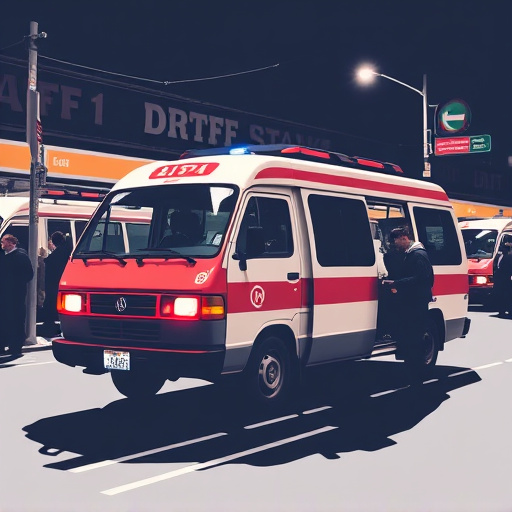
The production process for completing transfer orders, specifically Direct To Fabric (DTF) transfers, involves several precise steps that demand meticulous attention to detail. It begins with design preparation, where digital artwork is optimized for printing on various materials. This step includes color separation and ensuring the design meets the required resolution for a crisp final product.
Once the design is ready, the production team moves on to plate preparation or screen printing. In the case of DTF transfers, a film is created from the design, which is then aligned precisely over the fabric or substrate. This alignment is crucial to achieve accurate color reproduction and prevent misregistration. After careful placement, the transfer is cured using heat or UV light, permanently fixing the design onto the fabric. Finally, quality control checks are conducted to ensure each DTF transfer meets the desired standards before packaging and shipment.
Quality Control and Inspection Procedures

During the production period for DTF transfers, implementing robust Quality Control (QC) and Inspection procedures is paramount to ensure product excellence. These processes act as a safety net, meticulously scrutinizing each stage of manufacturing to identify and rectify any deviations from the set standards. From material selection to printing and cutting, QC teams conduct thorough visual inspections, functional tests, and performance evaluations to guarantee the final product meets the required specifications.
Effective QC involves not just identifying defects but also understanding their causes. By analyzing failure points, manufacturers can implement preventive measures, enhancing overall production efficiency. This proactive approach ensures that every DTF transfer produced adheres to quality standards, fostering customer satisfaction and building a reputation for reliability within the industry.
Optimizing Turnaround Time: Strategies for Efficiency
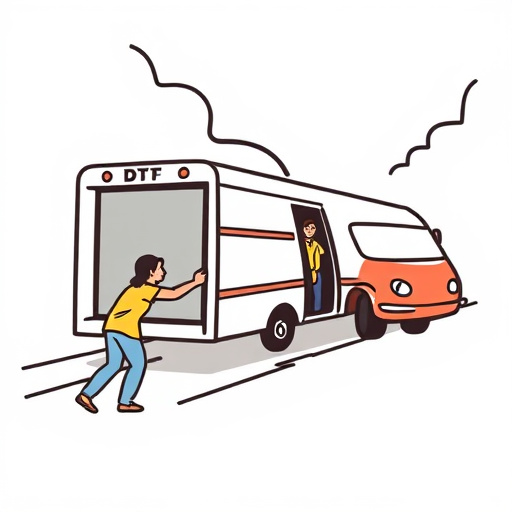
Optimizing turnaround time is a key strategy in enhancing efficiency for DTF transfer orders. By implementing streamlined processes and leveraging technology, businesses can significantly reduce the production period. One effective approach is to prioritize and schedule orders based on their urgency and complexity. This ensures that high-priority transfers are attended to promptly, minimizing delays.
Additionally, investing in efficient inventory management systems allows for quick access to required materials, preventing bottlenecks. Automation technologies, such as automated transfer machines, can also accelerate the process, reducing human error and increasing overall productivity. Regular reviews and adjustments to workflows further contribute to optimizing turnaround times, ensuring a seamless DTF transfer experience.
